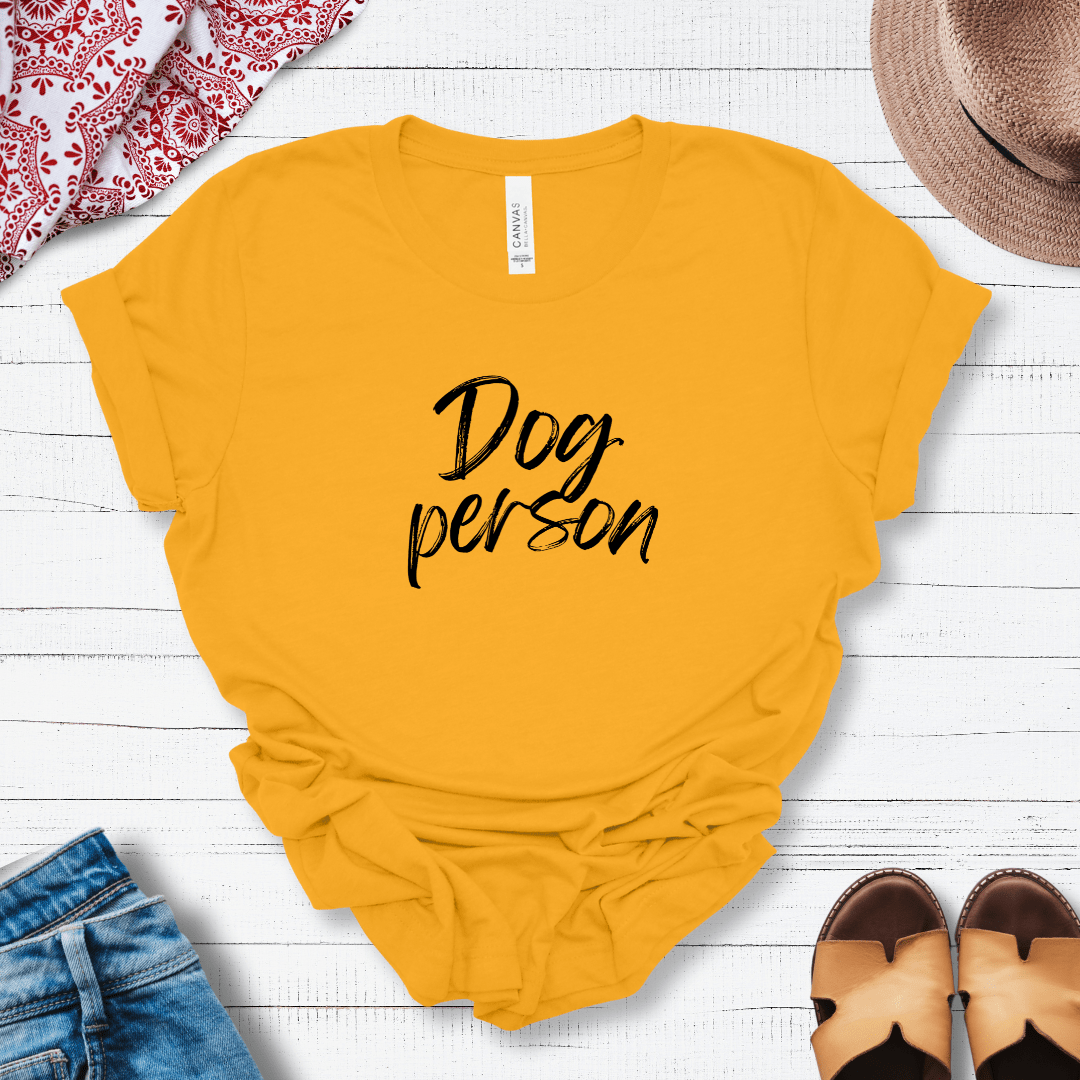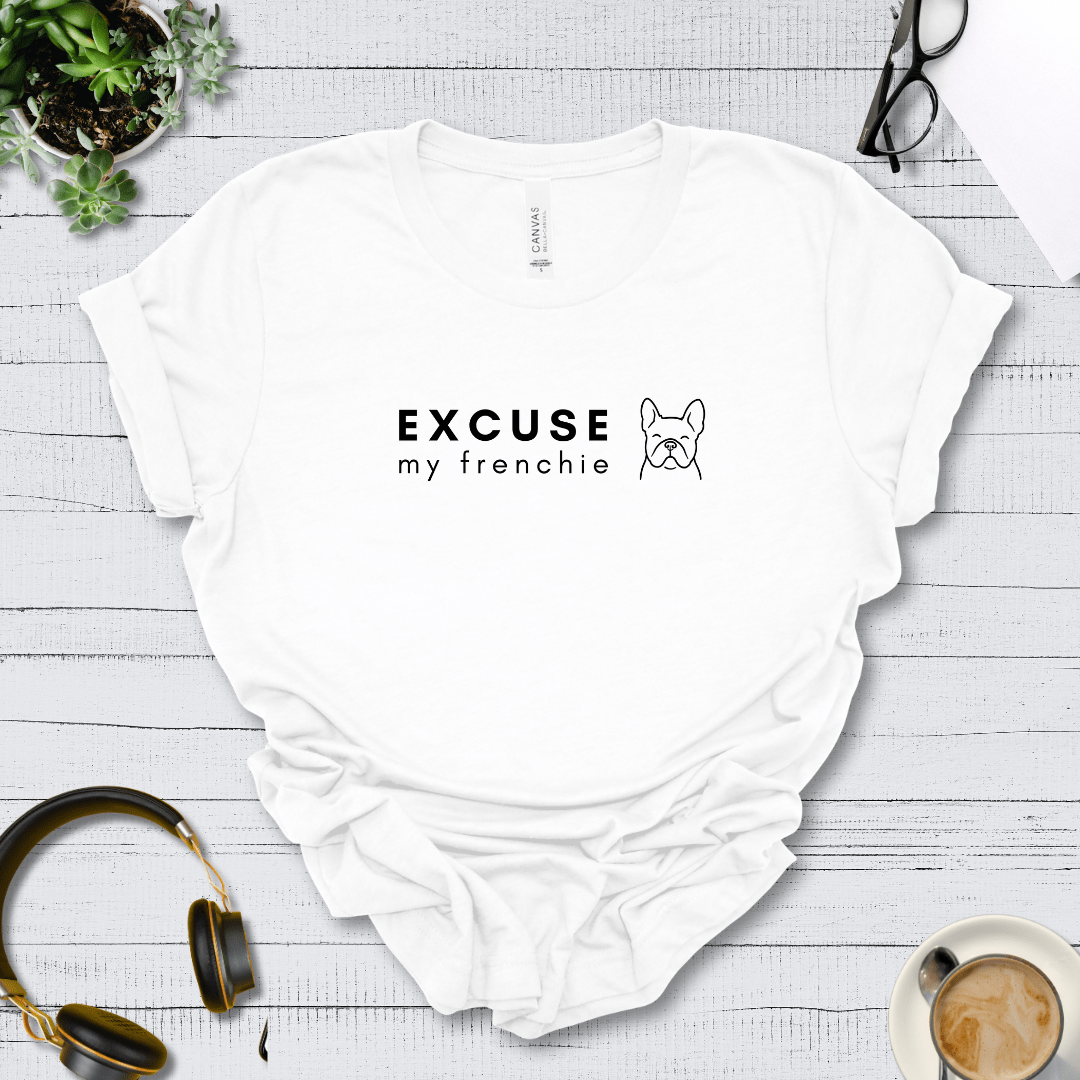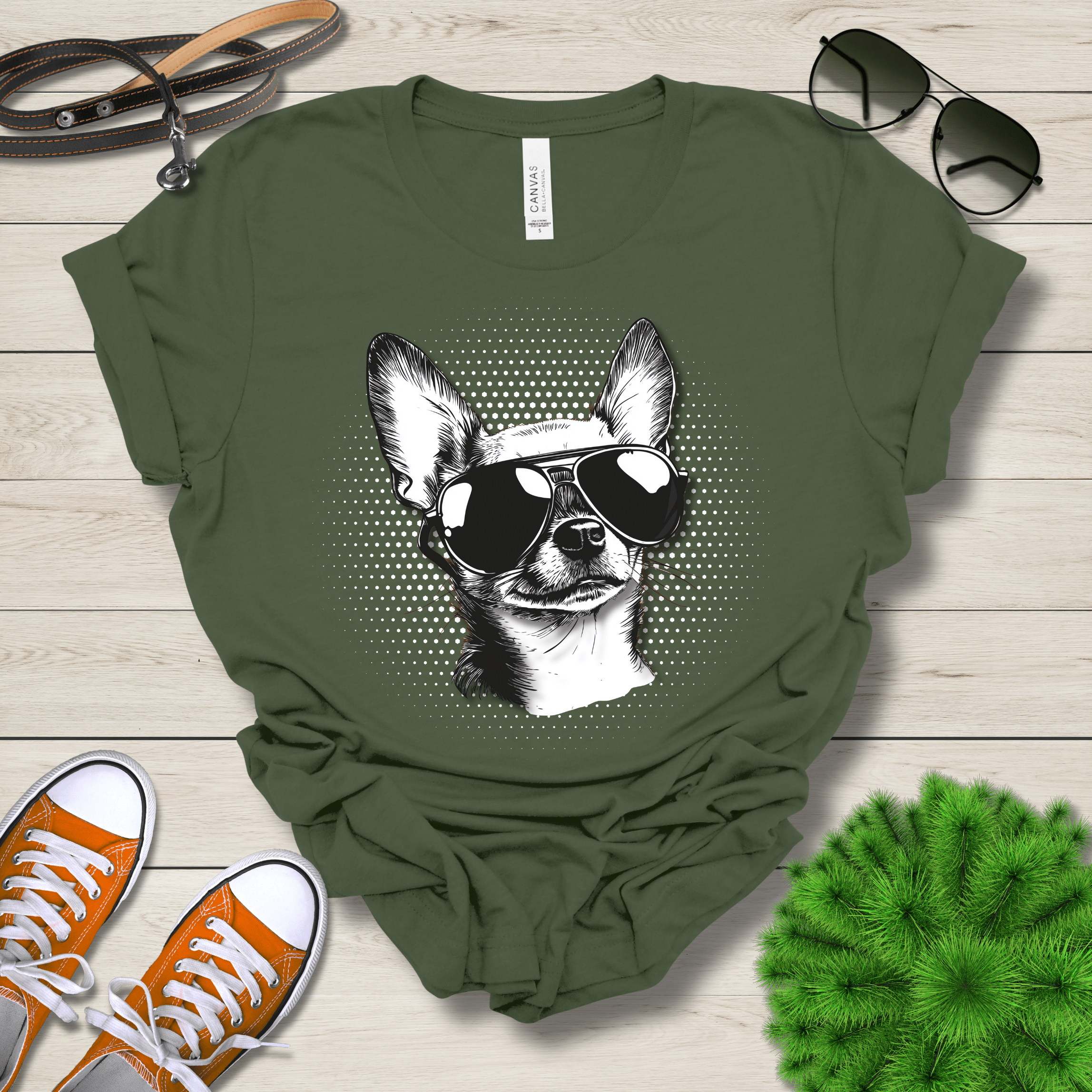
Collars vs Harnesses: Choosing the Best Option for Your Canine Companion
When it comes to walking your furry friend, the age-old debate of collar versus harness continues to perplex dog owners. Both options have their merits and drawbacks, and the right choice often depends on your dog's individual needs. Let's explore the pros and cons of each to help you make an informed decision for your four-legged companion.
The Classic Collar
Collars have been the go-to option for dog owners for generations, and for good reason.
PROS
- Simplicity and convenience are the hallmarks of collars. They're easy to put on and take off, making them ideal for quick potty breaks[2].
- Collars are perfect for holding ID tags, ensuring your dog can be identified if they ever get lost[2].
- For well-trained dogs who walk calmly by your side, a collar may be all you need for daily walks[2].

CONS
- The primary concern with collars is the potential for neck strain, especially for dogs that pull. This can lead to tracheal collapse and other health issues, particularly in smaller breeds[1][2].
- Collars may exacerbate pulling behavior in some dogs, as the pressure around the neck can trigger an opposition reflex[3].
The Modern Harness
Harnesses have gained popularity in recent years, offering a different approach to dog walking.
PROS
- Harnesses distribute pressure more evenly across the chest and back, reducing strain on the neck and trachea[1][2].
- They provide better control, especially for larger or more energetic dogs[1].
- Harnesses are safer for dogs prone to pulling or those with respiratory issues[2][3].
- Some harness designs actively discourage pulling behavior[3].
CONS
- Harnesses can be more complex to put on, especially with an excited dog[3].
- They tend to be more expensive than collars[3].
- Some dogs may find harnesses uncomfortable or restrictive[1].
Special Considerations
For puppies and small breeds, harnesses are often the safer choice. These dogs are more susceptible to tracheal collapse and other neck injuries that can be caused by collar pressure[2].
It's worth noting that certain types of collars, such as prong, pinch, or constriction collars, should never be used as they can cause severe pain and even injury to your dog[5].
The Verdict
In many cases, the ideal solution might be a combination approach. Many dog owners opt to use both a collar and a harness[2]:
- Keep a collar with ID tags on your dog at all times for identification purposes.
- Use a harness for walks, especially longer ones or for dogs that tend to pull.
- Reserve the collar for quick trips outside or when the harness isn't necessary.
Remember, every dog is unique. What works for one may not work for another. It's essential to consider your dog's size, breed, behavior, and any health conditions when making your choice.
Ultimately, the goal is to ensure your dog's comfort and safety while maintaining control during walks. Whether you choose a collar, harness, or both, the most important factor is that you and your furry friend enjoy your time together outdoors.
Whichever option you choose, make sure it fits properly and is appropriate for your dog's size and strength. And remember, no walking equipment is a substitute for proper training. With patience and consistency, you can help your dog become a well-behaved walking companion, regardless of whether they're sporting a collar or a harness.
Citations:
[1] https://www.reddit.com/r/puppy101/comments/104tiw3/harness_vs_collar_what_are_the_pros_and_cons/
[2] https://petpawz.com.au/blogs/blogs/dog-harness-vs-collar-the-ultimate-pet-guide
[3] https://manypets.com/us/blog/dog-harnesses-vs-collars/
[4] https://blog.omlet.com.au/2021/04/21/dog-collar-vs-harness-which-is-better-for-your-dog/
[5] https://www.rspcasa.org.au/best-walking-harness-dogs/
[6] https://rufusandcoco.com.au/blogs/blog/collars-vs-harnesses-which-is-better-for-dog-walking











